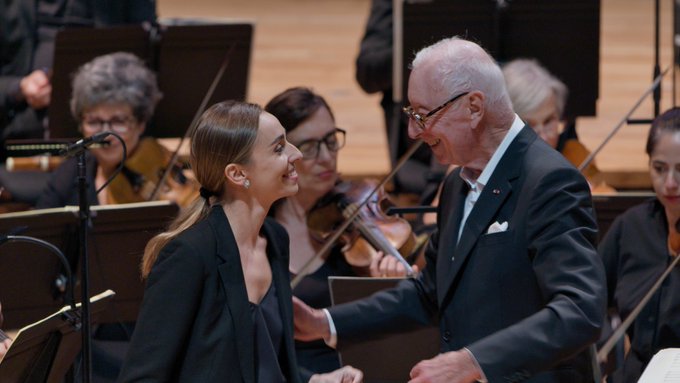 On today's WITS the wavelet winter school goes back to Le Creusot, a wavelet and time-frequency training (continuous education type) and a wavelet (multirate and multiscale) call for papers.
On today's WITS the wavelet winter school goes back to Le Creusot, a wavelet and time-frequency training (continuous education type) and a wavelet (multirate and multiscale) call for papers.L'Ecole analyse multirésolution pour l'image (école de printemps) goes back to Le Creusot, from 16 to 18 March 2009, registrations open until March 5th. The objectives are the following:
L’analyse multirésolution est certainement la déclinaison la plus spectaculaire de la théorie générale des ondelettes, tant par son efficacité à représenter l’information que par sa cohérence entre signaux discrets et signaux continus. Cette école vous fera découvrir cet outil particulièrement utile et fondateur, ainsi que sa richesse et son potentiel. Vous seront proposés:A four days continuing education session (ELS043) on wavelets and related time-frequency transforms is proposed at EUROSAE (Paris) from 30 November to 3 December 2009, under the title: "Nouvelles méthodes de traitement des signaux - ondelettes, temps-fréquence : théorie, pratique et applications". Objectives again:
- initiation à cet outil devenu classique en traitement du signal et des images;
- présentation générale de ses innombrables applications dans la recherche, l’industrie et la vie de tous les jours !
- approfondissements sur l’outil dans les applications générales et fondamentales (représentation, interprétation, compression, protection des données, restauration, etc);
- introduction aux nouveaux concepts associés comme la parcimonie ou “sparsité” qui révolutionne actuellement le domaine des signaux discrets.
Acquérir une vision globale des différentes méthodes d'analyse de signaux et d'images dans un cadre non-stationnaire, en partant des techniques classiques basées sur la transformée de Fourier. Les transformations temps-fréquence et les décompositions en ondelettes sont mises en pratique sur des données simulées et réelles (signaux et images), permettant d'en découvrir les domaines d'application privilégiés. Elles sont mises en oeuvre en association avec des techniques d'estimation statistique adaptées.Last, but not least, a special issue on Advances in Multirate Filter Bank Structures and Multiscale Representations (cfp) of Signal Processing will celebrate a 100 years of wavelets since Alfréd Haar founding paper, within the following scope:
A century after the first outbreak of wavelets in Alfréd Haar’s thesis in 1909, and twenty years after the advent of Multiresolution Analysis, filter banks and wavelet transforms lie at the heart of many digital signal processing and communication systems. During the last thirty years, they have been the focus of tremendous theoretical advances and practical applications in a growing digital world. They are for instance present, as local linear expansions, at the core of many existing or forthcoming audio, image or video compression algorithms. Beyond standards, many exciting developments have emerged in filter banks and wavelets from the confrontation between scientists from different fields (including signal and image processing, computer science, harmonic analysis, approximation theory, statistics, bioengineering, physics,y). At their confluence, multiscale representations of data, associated with their efficient processing in a multirate manner, have unveiled tools or refreshed methods impacting the whole data management process, from acquisition to interpretation, through communications, recovery and visualization. Multirate structures naturally shelter key concepts such as the duality between redundancy and sparsity, as well as means for extracting low dimensional structures from higher ones. In image processing in particular, various extensions of wavelets provide smart linear tools for building insightful geometrical representations of natural images. The purpose of this special issue is to report on recent progresses performed and emerging trends in the domain of multirate filter banks and multiscale representations of signals and images. Answers to the challenge of handling an increasing demand of information extraction and processing from large data sets will be explored.


No comments:
Post a Comment